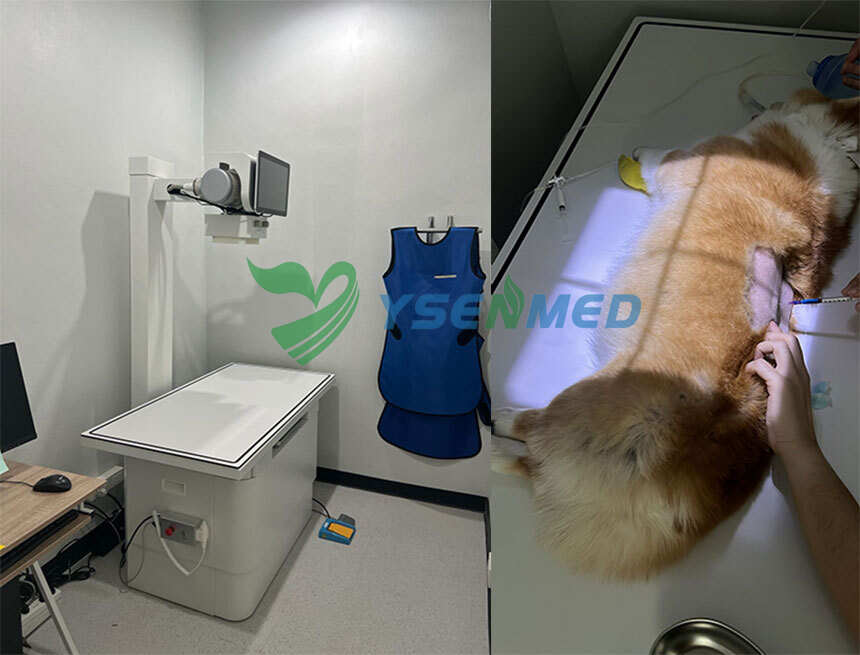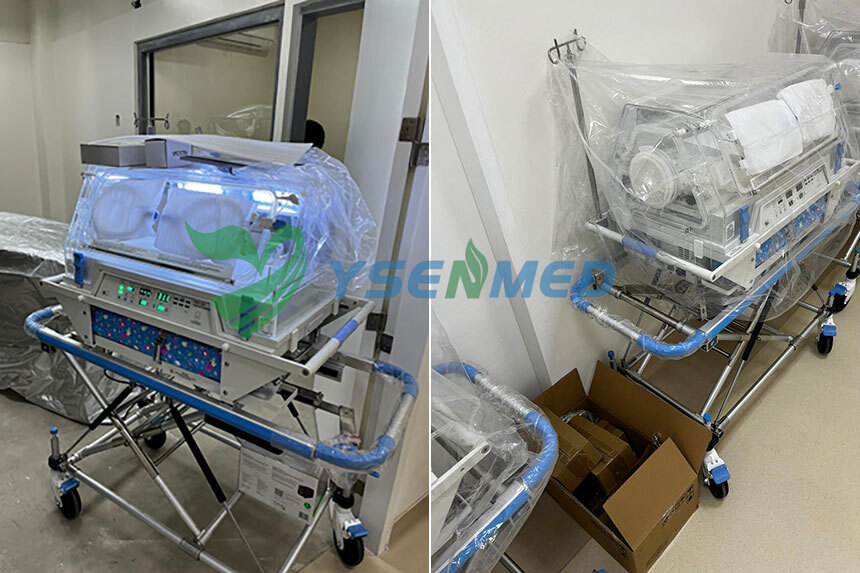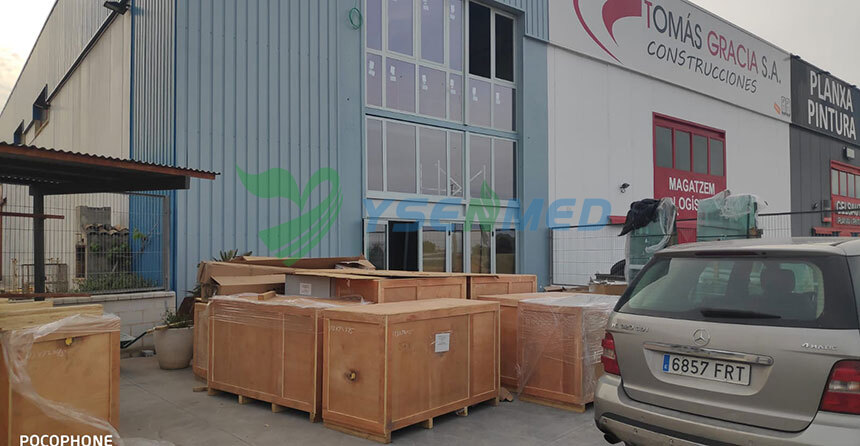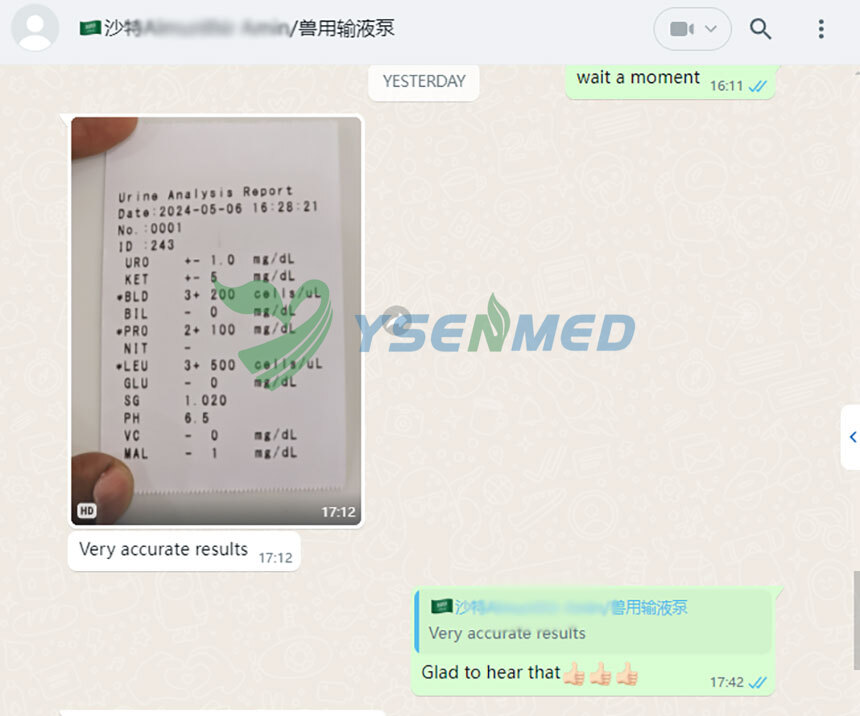Introduction:
Kidney failure, also known as end-stage renal disease (ESRD), is a serious condition that requires effective treatment to maintain the health and well-being of patients. One of the most common and effective treatments for kidney failure is hemodialysis. This article explores how
hemodialysis instruments play a crucial role in treating kidney failure and improving patients' quality of life.
Understanding Hemodialysis Instruments:
Hemodialysis instruments are specialized medical devices designed to perform the process of hemodialysis. They consist of various components, including a dialysis machine, dialyzers, blood access devices, and fluid management systems. These instruments work together to remove waste products, excess fluids, and toxins from the blood, compensating for the lost kidney function.
Hemodialysis Procedure:
The hemodialysis procedure involves several steps. Firstly, the patient is prepared by assessing vital signs and ensuring proper access for blood removal and return. The dialysis machine is then set up and connected to the patient's bloodstream through a vascular access point, such as an arteriovenous fistula or graft. The blood is continuously circulated through the dialysis machine, where it undergoes filtration and purification before being returned to the patient's body.
Dialyzers: The Core Component:
Dialyzers are the core component of hemodialysis instruments. These devices consist of a semipermeable membrane that allows the removal of waste products and excess fluids from the blood while retaining essential substances. Dialyzers come in different types, such as high-flux dialyzers and low-flux dialyzers, each with specific applications based on patient needs.
Blood Access for Hemodialysis:
Proper blood access is crucial for successful hemodialysis treatment. Arteriovenous fistulas (AVFs) and arteriovenous grafts (AVGs) are preferred options for long-term access due to their durability and lower risk of infection. In some cases, central venous catheters (CVCs) may be used temporarily until a more permanent access is established.
Hemodialysis Solutions and Fluid Management:
Hemodialysis instruments utilize specialized dialysate solutions to facilitate the removal of waste products from the blood. These solutions are carefully formulated to maintain electrolyte balance and control acid-base levels during the dialysis process. Additionally, fluid management is essential to regulate fluid removal and prevent complications such as hypotension or fluid overload.
Hemodialysis Monitoring and Safety Measures:
Continuous monitoring of vital signs, such as blood pressure, heart rate, and oxygen saturation, is crucial during hemodialysis treatment. Anticoagulation therapy is often administered to prevent clotting within the dialysis circuit. Infection prevention measures, including proper disinfection and adherence to sterile techniques, are implemented to minimize the risk of infections.
Complications and Side Effects of Hemodialysis:
While hemodialysis is an effective treatment, it can be associated with certain complications and side effects. These may include hypotension, muscle cramps, nausea, and long-term complications such as dialysis-related amyloidosis (DRA). Effective management strategies and interventions are employed to minimize these adverse effects and improve patient comfort.
Hemodialysis Frequency and Duration:
Hemodialysis treatment frequency and duration depend on various factors, including the patient's residual kidney function, overall health status, and specific needs. Standard hemodialysis schedules typically involve three sessions per week, lasting for about four hours each. However, alternative approaches like short daily hemodialysis or nocturnal hemodialysis may be considered based on individual patient requirements.
Advances in Hemodialysis Technology:
Advancements in hemodialysis technology have led to improved patient outcomes and enhanced treatment options. High-efficiency dialyzers with advanced membrane technology allow for more efficient toxin removal. Online hemodiafiltration (HDF) combines filtration with convective clearance to achieve better solute removal. Wearable and portable dialysis devices offer increased mobility and convenience for patients.
The dialyzer consists of two main components: a blood compartment and a dialysate compartment. The blood compartment is where the patient's blood flows, while the dialysate compartment contains a special solution that helps remove waste products and toxins from the blood. These two compartments are separated by a semi-permeable membrane, which allows certain substances to pass through while blocking others.
During hemodialysis, the patient's blood is pumped into the dialyzer through flexible tubes called arterial and venous lines. These lines are connected to the patient's blood vessels, usually in the arm or leg, and allow for the safe and efficient transfer of blood to and from the dialyzer. The arterial line carries blood from the patient's body to the dialyzer, while the venous line returns filtered blood back to the patient.
To ensure that the patient's blood flows smoothly through the dialyzer, a pump is used to regulate the speed and pressure of the blood. This helps maintain a constant flow rate and ensures that waste products are effectively removed from the blood. The pump is connected to the arterial line and is controlled by a dialysis machine operated by trained healthcare professionals.
In addition to the dialyzer and blood lines, other instruments are also used during hemodialysis to monitor and regulate various aspects of the treatment. These include:
1. Blood pressure monitor: Hemodialysis can affect a patient's blood pressure, so regular monitoring is essential. Blood pressure cuffs are used to measure blood pressure before, during, and after the procedure to ensure that it remains within a safe range.
2. Blood flow monitor: This instrument measures the rate at which blood flows through the dialyzer. It helps ensure that an adequate amount of blood is being processed during each session.
3. Temperature monitor: Hemodialysis requires precise temperature control to prevent complications. Temperature sensors are used to monitor the temperature of the dialysate solution and ensure that it remains within a safe range.
4. Dialysate delivery system: This system delivers the dialysate solution to the dialyzer at a controlled rate. It consists of pumps, valves, and filters that help maintain the proper composition and temperature of the solution.
5. Waste disposal system: As waste products are removed from the blood during hemodialysis, they need to be safely disposed of. A waste disposal system collects and stores these waste products for proper disposal.




